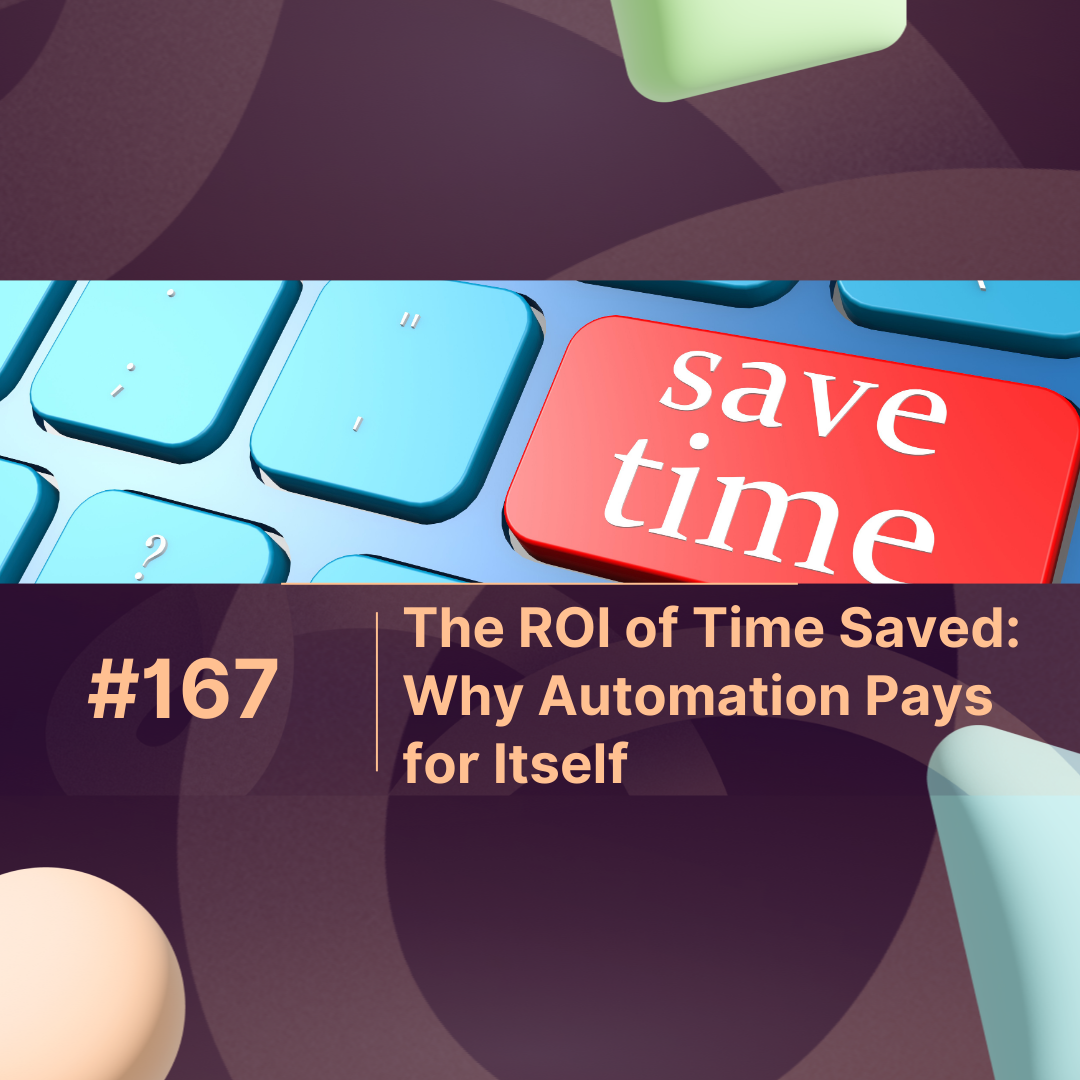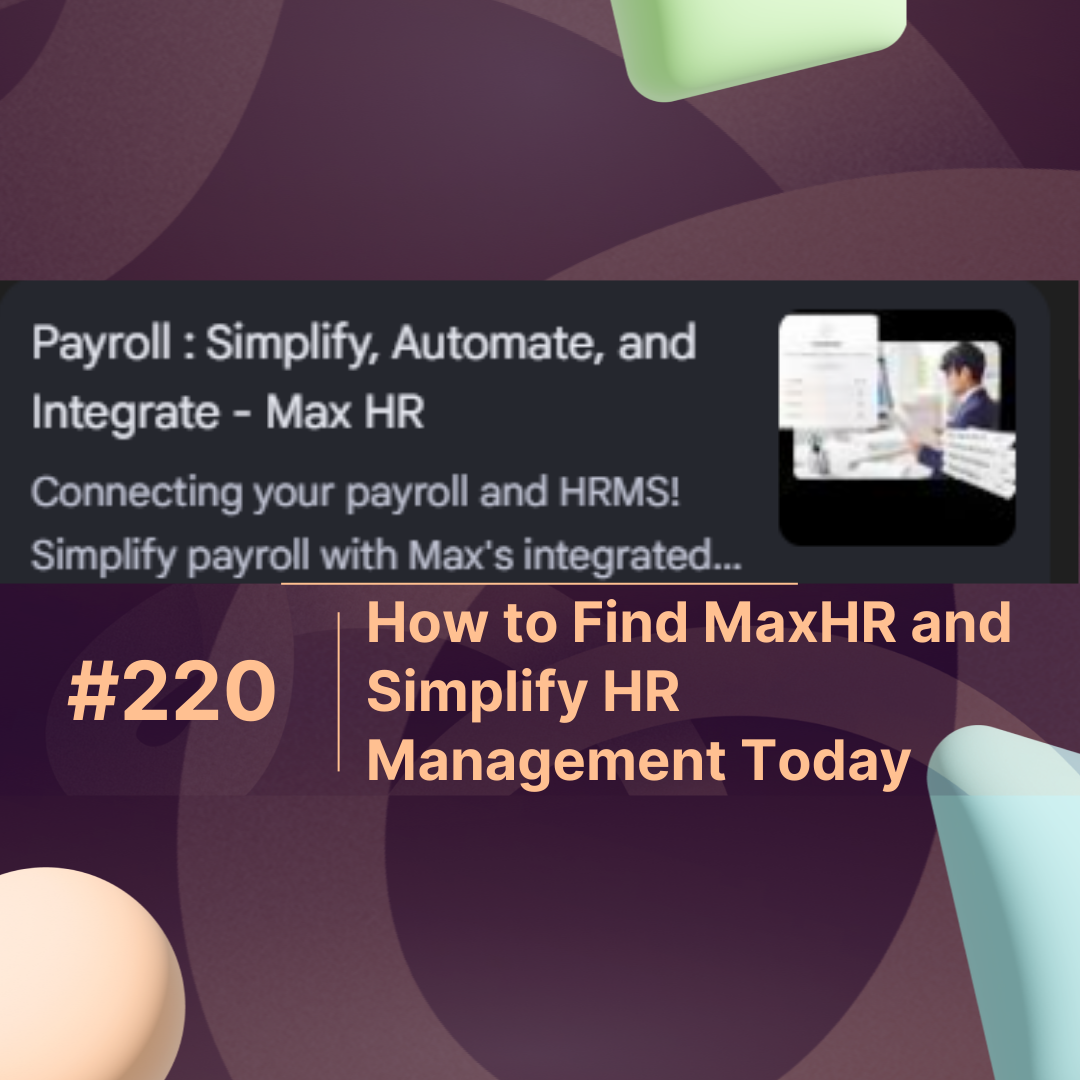Overview
In today’s fast-paced business environment, automation pays for itself faster than most leaders expect. By streamlining repetitive tasks, reducing human error, and freeing teams to focus on high-value work, automation doesn’t just save time—it compounds into measurable ROI. Whether you’re running a startup or an enterprise, investing in automation is no longer an expense; it’s a growth strategy.
Why Does Automation Pay for Itself?
Automation pays for itself because it converts time savings into financial gains. Every hour a team spends on manual tasks has an opportunity cost. By automating workflows, businesses reduce labor costs, speed up delivery, and improve customer satisfaction—all of which generate returns far greater than the initial investment.
A recent study by McKinsey found that automation can reduce operating costs by up to 30% while improving process efficiency by 25–50%. That means businesses not only save money but also grow faster.
The ROI of Time Saved (with Data)
The value of automation isn’t abstract—it’s measurable. Here’s a simple example of how time savings translate into ROI:
| Task Type | Manual Hours per Month | After Automation | Hours Saved | Cost Saved ($50/hr) |
|---|---|---|---|---|
| Data Entry | 100 | 10 | 90 | $4,500 |
| Customer Support (Tier 1) | 200 | 120 | 80 | $4,000 |
| Report Generation | 60 | 5 | 55 | $2,750 |
| Payroll & HR Processing | 40 | 8 | 32 | $1,600 |
| Total | 400 | 143 | 257 | $12,850/month |
In this example, automation saves 257 hours monthly, worth nearly $155,000 annually far outweighing the software costs.
The Hidden Benefits of Automation
Beyond cost savings, automation delivers less obvious but equally powerful returns:
-
Employee Satisfaction – Teams spend less time on repetitive tasks and more on meaningful work.
-
Scalability – Automated systems can handle 10x the workload without requiring 10x the headcount.
-
Accuracy – Reduced human error leads to better compliance, fewer reworks, and stronger customer trust.
-
Customer Experience – Faster response times and smoother processes improve loyalty and retention.
Example: MaxHR and HR Automation
One real-world example is MaxHR, a human resources platform that automates payroll, leave management, and compliance reporting. Instead of HR managers spending 40+ hours monthly on manual spreadsheets, MaxHR reduces that workload to less than 8 hours.
That’s a 32-hour monthly saving, translating to nearly $20,000 annually for a mid-sized company proving that automation pays for itself quickly in HR operations.
How to Measure If Automation Pays for Itself
Businesses should track three key metrics when evaluating automation ROI:
-
Time Saved – Hours reduced per process.
-
Cost Saved – Labor cost equivalent of time saved.
-
Revenue Impact – Faster delivery, fewer errors, and improved customer experience.
Conclusion
Automation is no longer just about efficiency it’s about profitability. From HR platforms like MaxHR to AI-driven customer support, the data proves that automation pays for itself many times over. The real question for leaders isn’t “Should we automate?” but “How much ROI are we losing by not automating today?”
FAQs
1. How quickly does automation pay for itself?
Most businesses see ROI within 6–12 months, depending on task volume and labor costs.
2. Is automation only for large companies?
No. Small businesses often see faster ROI because automation eliminates bottlenecks that stall growth.
3. What’s the biggest hidden ROI of automation?
Employee satisfaction. Teams become more engaged when freed from repetitive work.
4. How do I calculate ROI from automation?
Track hours saved × hourly wage + reduced error costs + revenue gains from faster service.
5. Can automation replace employees?
Automation doesn’t replace talent; it amplifies it. For example, MaxHR doesn’t remove HR teams but frees them to focus on strategy instead of paperwork.



